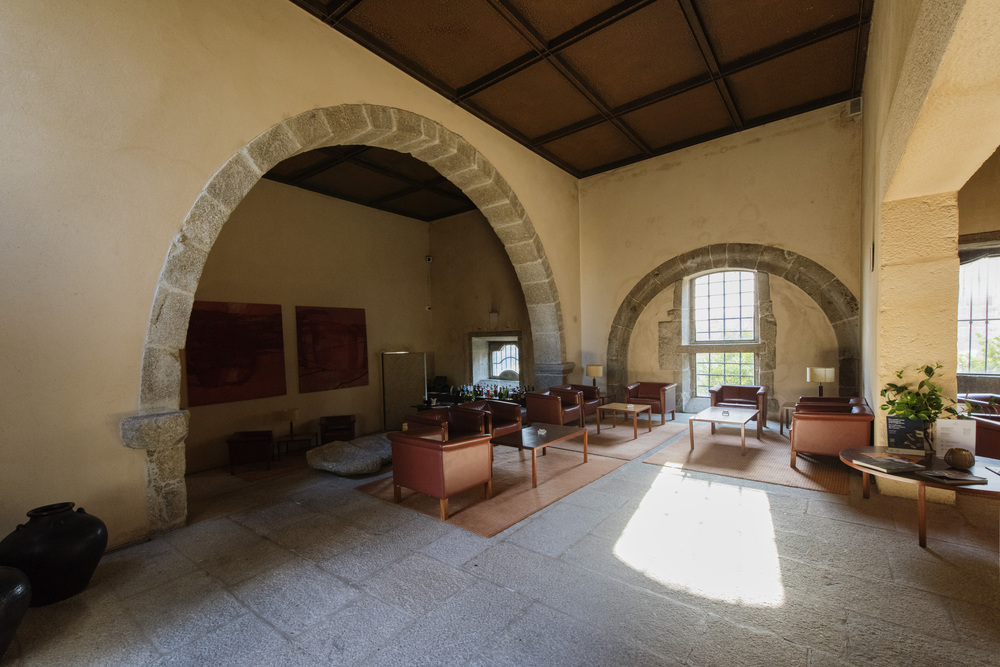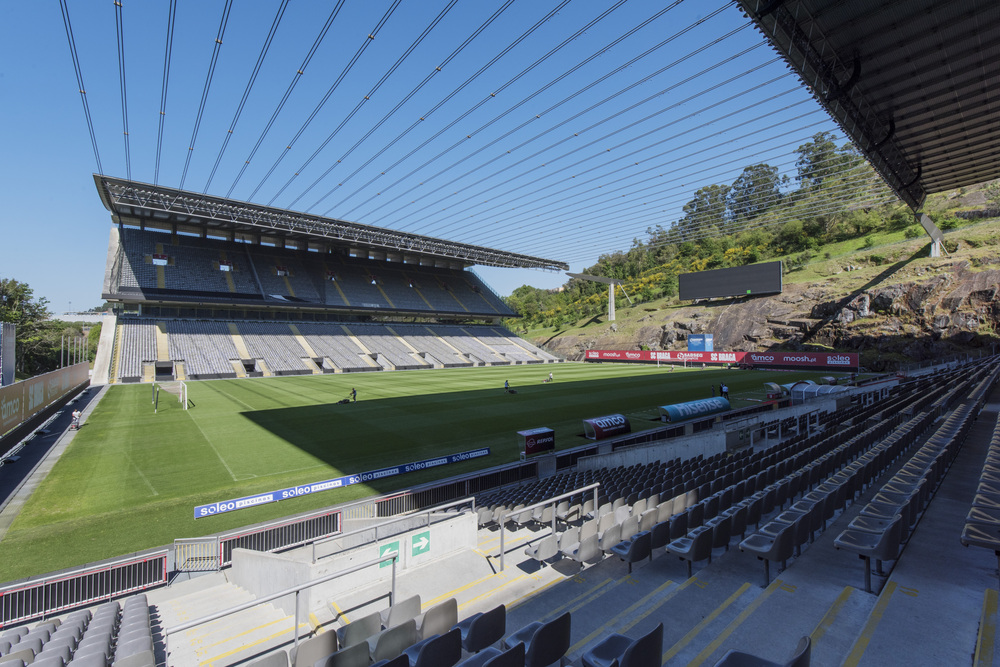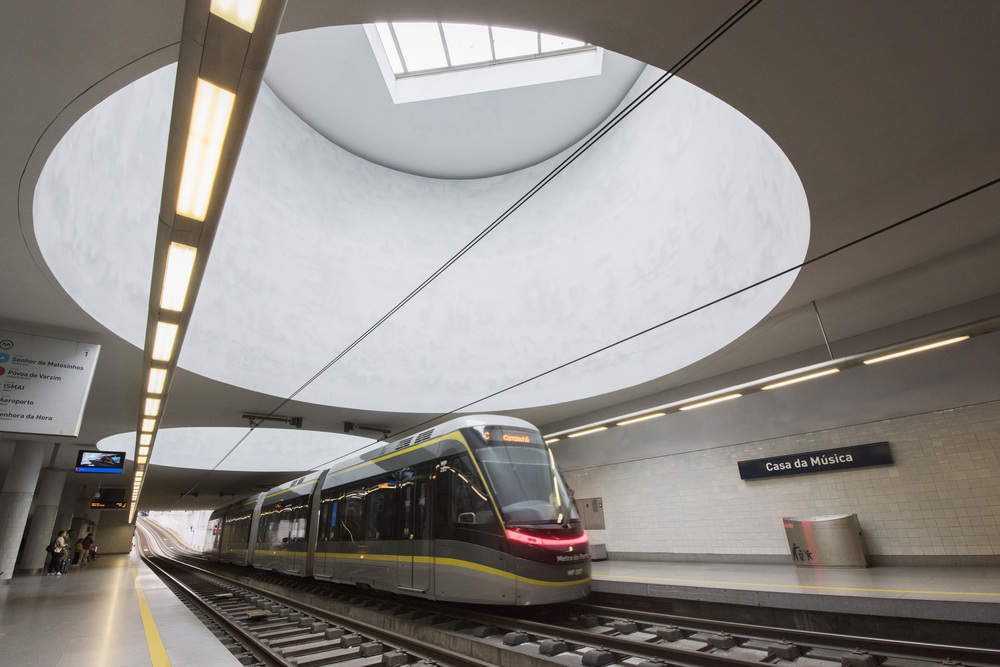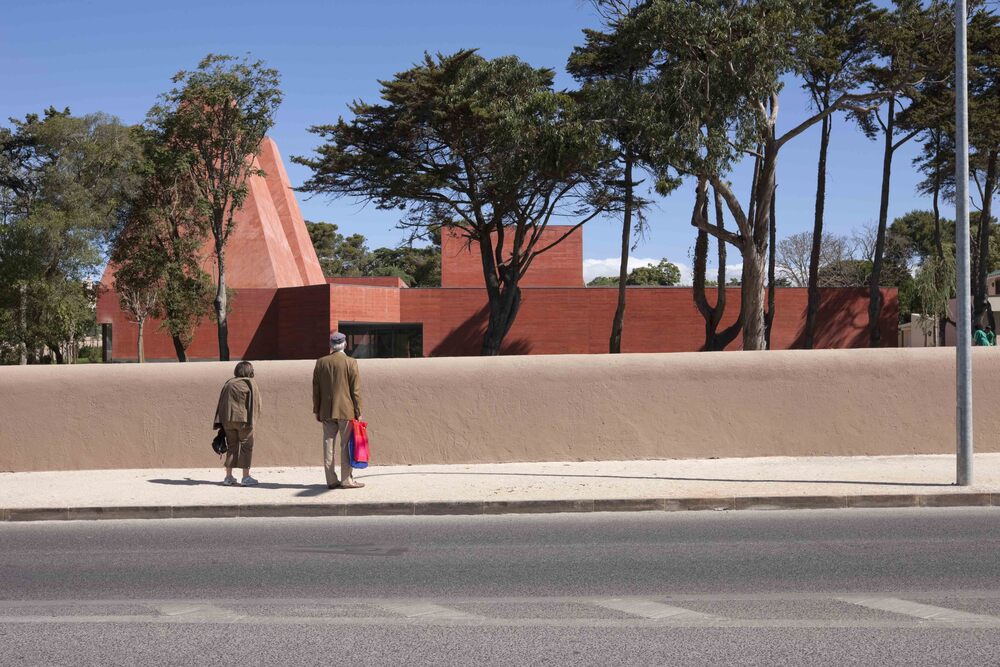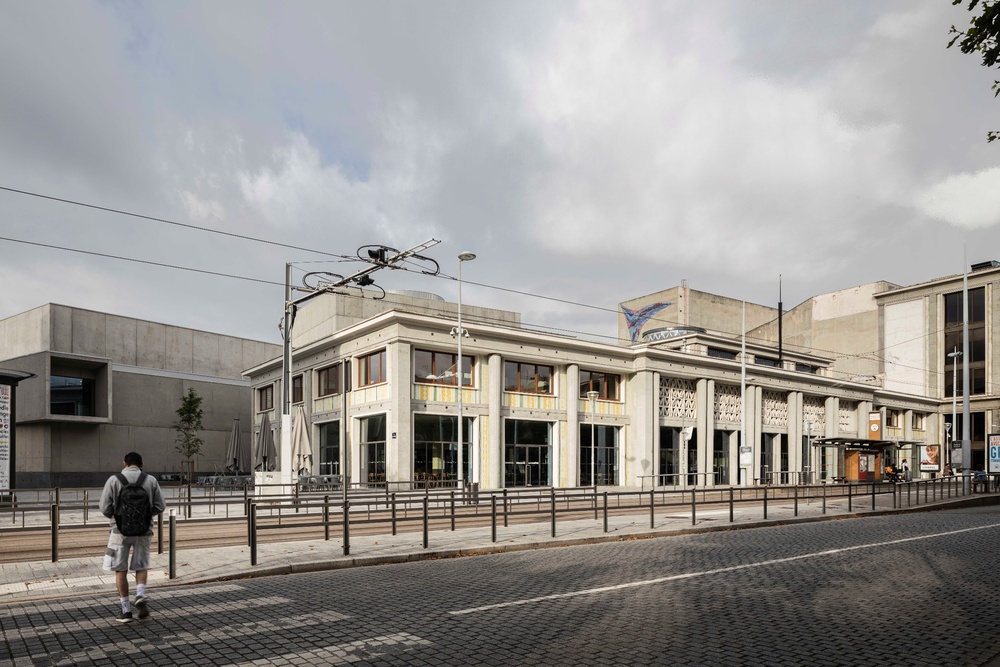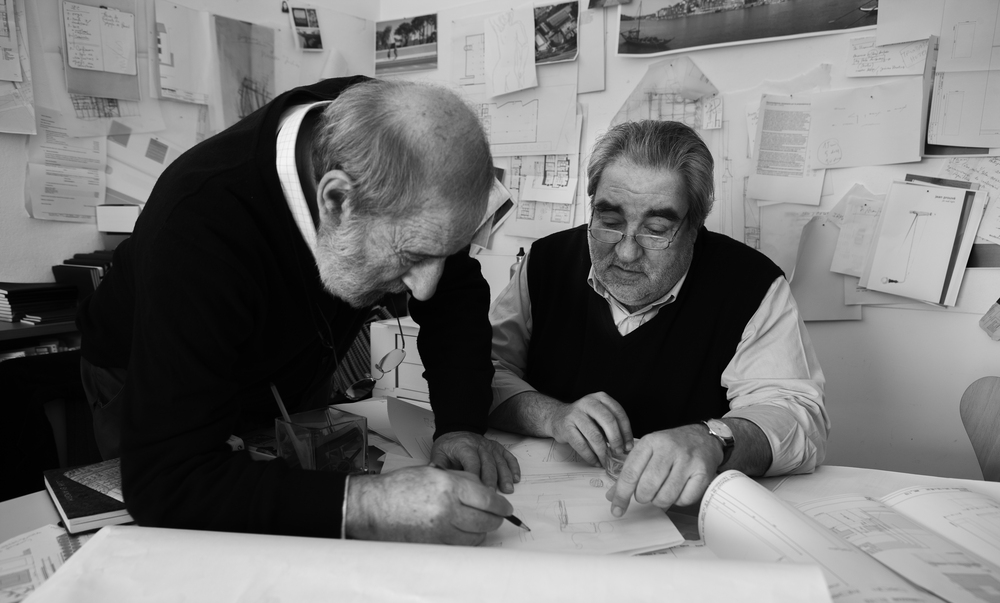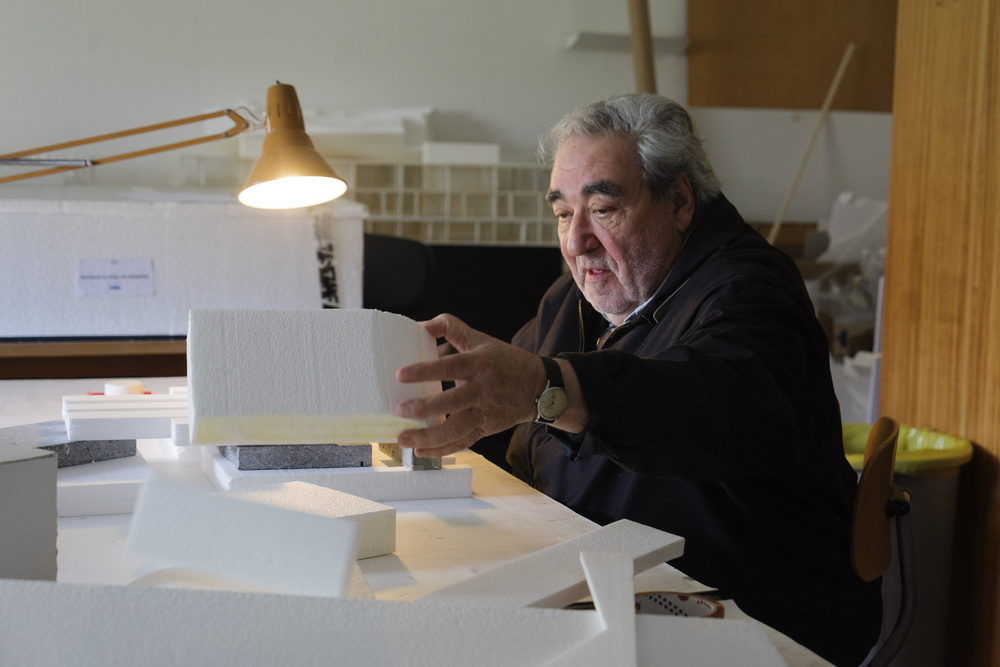The 36th
LaureateArchitecture
Eduardo
Souto de Moura

Born July 25, 1952 / Porto, Portugal
Eduardo Souto de Moura is a leading figure in Portuguese architecture. A protégé of Álvaro Siza (1998 Praemium Imperiale laureate), he established his own practice in 1980. He is known for his belief that “there is no universal architecture; everything is rooted in its own place,” and he consistently creates work that resonates with its time and context. He carefully selects materials with attention to local traditions and culture. His notable projects include the Pousada Mosteiro de Amares (1997), a state-run hotel converted from a former monastery; the Estádio Municipal de Braga (2003), a municipal stadium; and the Paula Rego Museum (2009). He received the Pritzker Prize in 2011 and the Golden Lion at the Venice Biennale in 2018. In 2024, he was awarded the Order of Arts and Letters by France. He also teaches at architecture schools around the world, sharing his knowledge with the next generation. He believes that the most pressing need for architecture today is to solve current problems, highlighting the importance of ecological awareness and the intelligence and culture necessary to address it.
Biography
Eduardo Souto de Moura is a leading figure in Portuguese architecture who has earned international acclaim for his modern designs that harmoniously integrate with nature. “Architecture is about building urban fragments, geographies, linking ethics to aesthetics, just as the Greeks did,” he says.
Encouraged by his brother, who had a passion for the visual arts, he chose to pursue architecture. In the mid-1970s, while working on a project to improve substandard housing for the working class, he met Portugal’s renowned architect Álvaro Siza, who received the Pritzker Architecture Prize in 1992. Souto de Moura worked alongside Siza for about five years. In 1980, he won a design competition for the Casa das Artes, an arts and culture center in Porto, which launched his independent career and led him to establish his own firm.
He later became a professor at the Faculty of Architecture at the University of Porto, helping to lead the Portuguese architectural scene alongside Siza. Guided by the belief that ethics and aesthetics are interconnected, he advocates for site-specific architecture, stating, “There is no such thing as universal architecture; everything is rooted in its place.”
Among his most celebrated works is the Casa das Histórias Paula Rego, located near Lisbon. It features red, pyramid-like roofs that rise like mountains, standing in striking contrast to the surrounding greenery. Another notable project is the transformation of the Monastery of Santa Maria do Bouro in northern Portugal, which had fallen into ruin. By thoughtfully combining contemporary elements with its original 12th-century character, he restored the monastery as a state-run hotel Pousada Mosteiro de Amares that has received widespread acclaim.
In preparation for the 2004 UEFA European Football Championship, he designed the Estádio Municipal de Braga, completed in 2003. Built into the side of a former quarry, the stadium stands beside sheer rock cliffs—an extraordinary feat of architecture that brought global attention for its powerful dialogue between nature and the manmade.
Souto de Moura consistently considers the local environment and culture—down to color and material—when choosing architectural elements. He describes his architectural language as emerging from the synthesis of materials and structural systems. The son of an ophthalmologist, he once remarked, “Like a doctor observing a patient’s body,” reflecting the precise and analytical approach he brings to his work. He is also known for his flexibility, always ready to revise designs when elements don’t function as planned.
In 2011, he was awarded the prestigious Pritzker Architecture Prize, often called the Nobel Prize for architecture. Then-U.S. President Barack Obama, who had a keen interest in architecture, was invited to the ceremony and praised Souto de Moura’s work, including the Braga stadium. In 2018, he received the Golden Lion at the Venice Biennale. Most recently, in 2024, he was honored with the Order of Arts and Letters by the French Ministry of Culture.
Souto de Moura has also contributed greatly to architectural education, teaching at institutions such as Harvard University, ETH Zurich, and other schools around the world. He encourages young architects to pursue “intense study, travel, and hard work.”
Born in Portugal, a country that during the Age of Discovery in the 15th century embraced and integrated diverse cultures, and five decades of dictatorship and a subsequent peaceful revolution, he works from a foundation of cultural richness and diversity, his worldview was inevitably shaped by these experiences.
Today, he emphasizes that architecture must confront and solve the pressing issues of our time—particularly ecological challenges and natural disasters. With a deep belief in the importance of intelligence and cultural awareness, the world now awaits the next masterpiece from this architectural master.
-
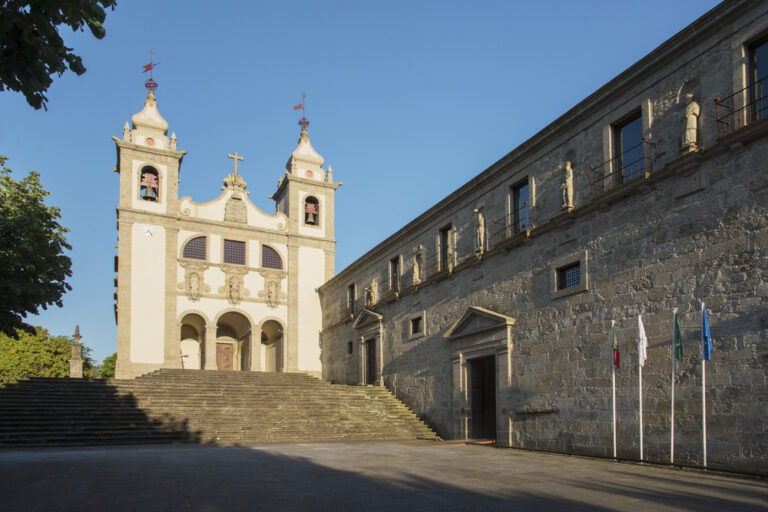
Pousada Mosteiro de Amares, 1997
-
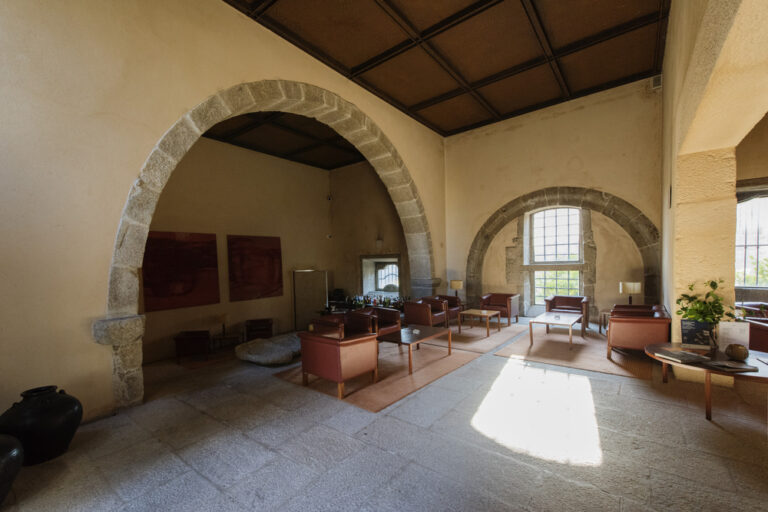
Pousada Mosteiro de Amares, 1997
-
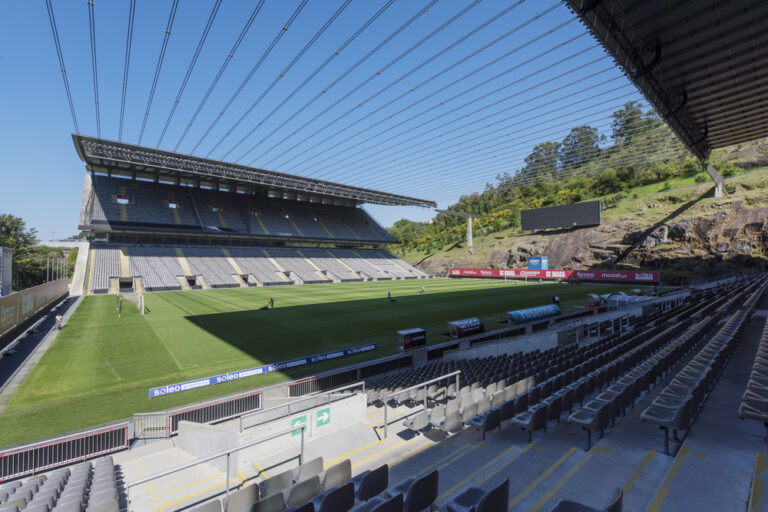
Estádio Municipal de Braga, 2003
-
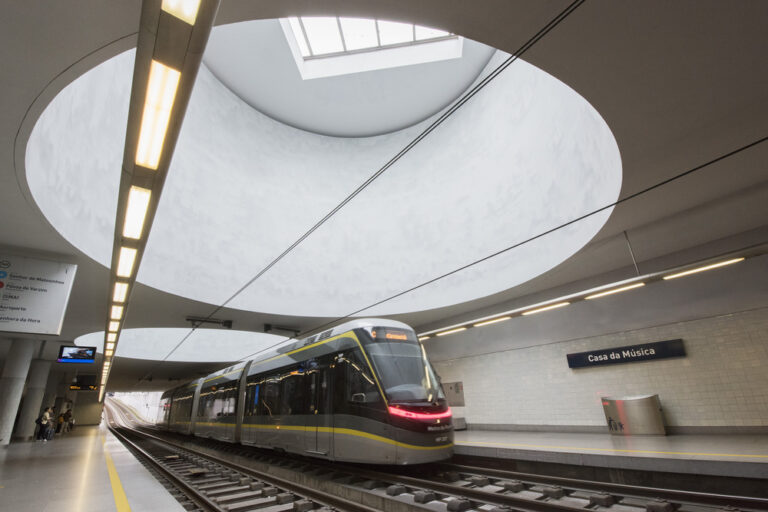
Casa da Música Metro Station, Porto, 2005
-

Burgo Tower, 2007
-
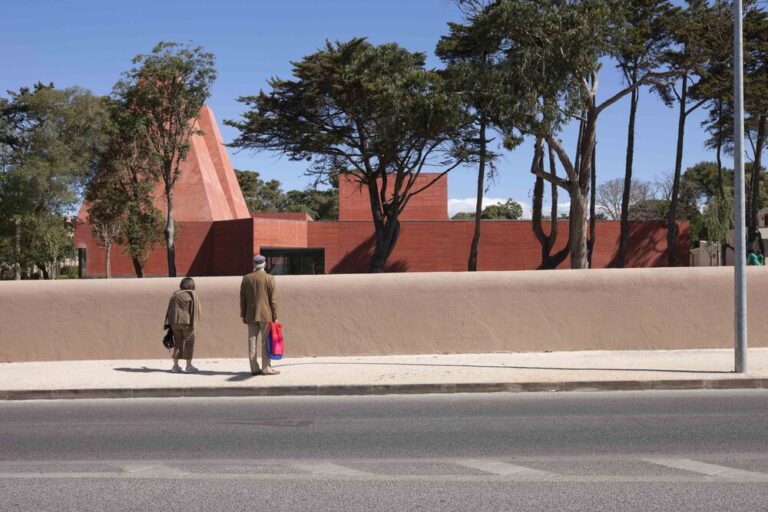
Casa das Histórias Paula Rego, 2009
-
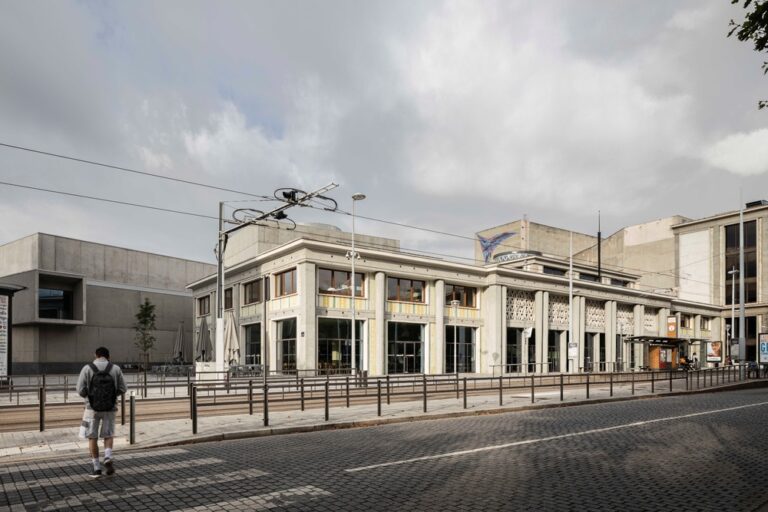
Clermont-Ferrand Theatre, 2020
-
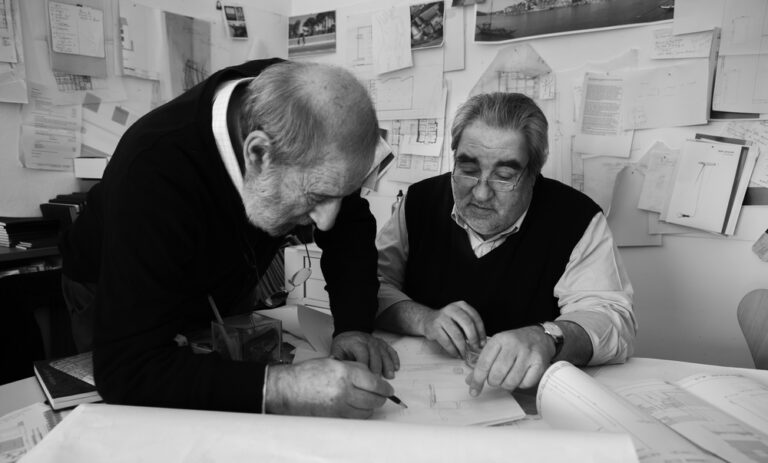
With Álvaro Siza, left
-
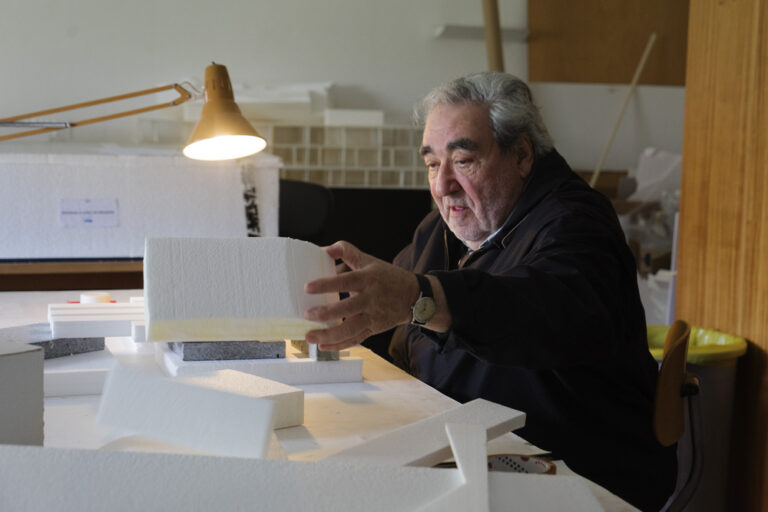
At his office in Porto, Portugal, April 2025


